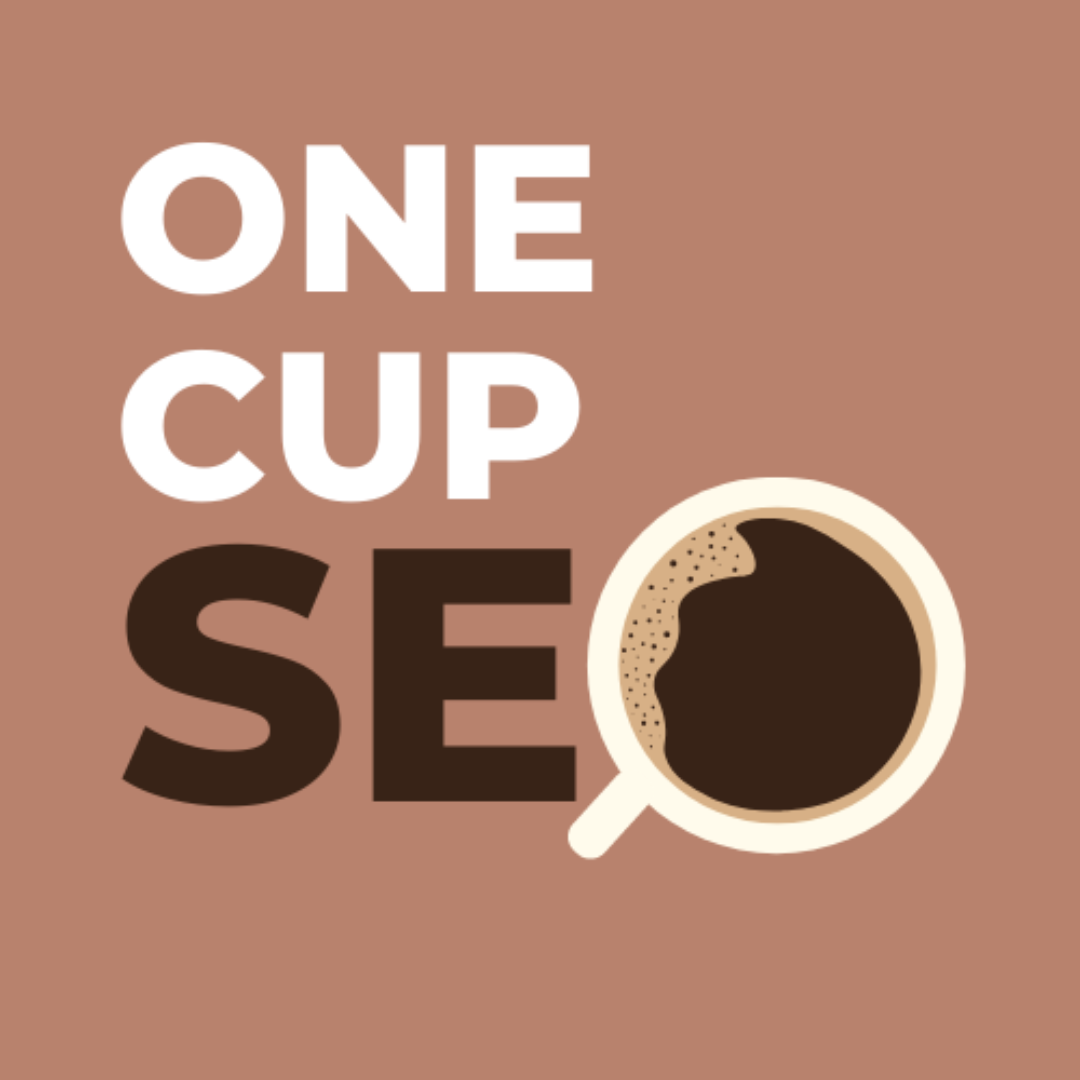Have you ever wondered how some businesses seem to be everywhere online? It’s not magic—it’s digital marketing. And guess what? You can do it too.
Today companies use clever online tricks to grab your attention and win your business. But what exactly are these digital marketing strategies? Whether you’re scrolling through social media, checking your email, or searching for something on Google, you’re experiencing digital marketing in action. Let’s dive into the 10 must-know types that are shaping the online world and influencing your buying decisions every day.
10 Types of Digital Marketing
Search Engine Optimization (SEO)
Search Engine Optimization, or SEO, is the practice of optimizing your website and online content to rank higher in search engine results pages (SERPs) for relevant keywords.
Key Components of SEO:
- On-page optimization (title tags, meta descriptions, headers)
- Technical SEO (site structure, loading speed, mobile-friendliness)
- Content creation and optimization
- Link building
Benefits of SEO:
- Increased organic traffic
- Higher visibility in search results
- Improved user experience
- Long-term cost-effectiveness
Best Practices:
- Conduct thorough keyword research
- Create high-quality, relevant content
- Optimize for local search (if applicable)
- Focus on user intent and experience
Content Marketing
Content marketing involves creating and distributing valuable, relevant content to attract and engage a target audience, ultimately driving profitable customer action.
Types of Content:
- Blog posts
- Whitepapers and ebooks
- Infographics
- Videos
- Podcasts
Benefits of Content Marketing:
- Builds brand awareness and credibility
- Attracts and nurtures leads
- Improves SEO
- Establishes thought leadership
Best Practices:
- Develop a content strategy aligned with business goals
- Create a content calendar
- Focus on quality over quantity
- Repurpose content across multiple channels
Social Media Marketing
Social media marketing leverages social platforms to connect with your audience, build your brand, increase sales, and drive website traffic.
Popular Social Media Platforms:
- TikTok
Benefits of Social Media Marketing:
- Increased brand awareness
- Higher engagement with customers
- Improved customer service
- Valuable audience insights
Best Practices:
- Choose platforms based on your target audience
- Maintain a consistent brand voice
- Create a mix of promotional and value-added content
- Engage with your followers regularly
Email Marketing
Email marketing involves sending targeted messages to a group of people via email, typically to nurture leads, promote products or services, and build customer relationships.
Types of Email Campaigns:
- Welcome series
- Newsletters
- Promotional emails
- Abandoned cart reminders
- Re-engagement campaigns
Benefits of Email Marketing:
- High ROI
- Direct communication with customers
- Easy to personalize and segment
- Measurable results
Best Practices:
- Build and maintain a quality email list
- Segment your audience for targeted messaging
- Optimize for mobile devices
- Test subject lines, content, and send times
Pay-Per-Click Advertising (PPC)
PPC is a model of digital advertising where advertisers pay a fee each time their ad is clicked. It’s commonly used in search engine advertising and social media advertising.
Popular PPC Platforms:
- Google Ads
- Bing Ads
- Facebook Ads
- Instagram Ads
- LinkedIn Ads
Benefits of PPC:
- Immediate visibility and traffic
- Highly targeted advertising
- Measurable and trackable results
- Budget control
Best Practices:
- Conduct thorough keyword research
- Create compelling ad copy and landing pages
- Use ad extensions to provide additional information
- Continuously monitor and optimize campaigns
Affiliate Marketing
Affiliate marketing is a performance-based marketing strategy where businesses reward affiliates for each customer brought by the affiliate’s marketing efforts.
Key Players in Affiliate Marketing:
- Merchant (the company selling the product)
- Affiliate (the promoter)
- Consumer
- Affiliate network (optional intermediary)
Benefits of Affiliate Marketing:
- Pay for performance model
- Expanded reach
- Low risk for merchants
- Passive income for affiliates
Best Practices:
- Choose affiliates aligned with your brand values
- Provide affiliates with necessary resources and support
- Set clear terms and conditions
- Monitor affiliate activity to prevent fraud
Influencer Marketing
Influencer marketing involves partnering with individuals who have a dedicated social following and can promote your brand to their audience.
Types of Influencers:
- Mega-influencers (1M+ followers)
- Macro-influencers (100K-1M followers)
- Micro-influencers (1K-100K followers)
- Nano-influencers (1K-10K followers)
Benefits of Influencer Marketing:
- Increased brand awareness
- Access to targeted audiences
- Enhanced credibility through social proof
- Improved engagement rates
Best Practices:
- Choose influencers whose audience aligns with your target market
- Prioritize engagement rates over follower count
- Allow creative freedom while maintaining brand guidelines
- Track and measure campaign results
Video Marketing
Video marketing uses video content to promote and market products or services, increase engagement on digital platforms, and educate consumers.
Popular Video Platforms:
- YouTube
- TikTok
- Instagram Reels
- Facebook Video
- LinkedIn Video
Benefits of Video Marketing:
- Higher engagement rates
- Improved information retention
- Increased social shares
- Better conversion rates
Best Practices:
- Create content that provides value to your audience
- Optimize videos for SEO (titles, descriptions, tags)
- Keep videos concise and engaging
- Include calls-to-action (CTAs)
Podcast Marketing
Podcast marketing involves creating audio content to build brand awareness, establish thought leadership, and connect with your audience on a more personal level.
Types of Podcasts:
- Interview-style
- Solo commentary
- Storytelling
- News and current events
- Educational
Benefits of Podcast Marketing:
- Builds intimate connections with listeners
- Establishes authority in your niche
- Reaches audiences in different contexts (e.g., during commutes)
- Can be repurposed into other content formats
Best Practices:
- Consistently deliver high-quality, valuable content
- Promote your podcast across other marketing channels
- Engage with your listeners through Q&A sessions or listener feedback
- Optimize podcast descriptions and titles for discoverability
Native Advertising
Native advertising is a form of paid media where the ad experience follows the natural form and function of the user experience in which it is placed.
Types of Native Ads:
- In-feed ads
- Sponsored content
- Recommended content widgets
- Promoted listings
Benefits of Native Advertising:
- Higher engagement rates than traditional display ads
- Less intrusive user experience
- Overcomes ad fatigue
- Can be highly targeted
Best Practices:
- Ensure ad content aligns with the platform’s style and tone
- Provide value to the reader beyond just promoting your product
- Clearly disclose that the content is sponsored
- Test different formats and placements for optimal performance
Comparison of Digital Marketing Types
| Marketing Type | Primary Goal | Key Metrics | Typical Timeframe for Results |
| SEO | Organic visibility | Rankings, organic traffic | Long-term (3-6+ months) |
| Content Marketing | Engagement, lead generation | Views, shares, conversions | Medium to long-term |
| Social Media Marketing | Brand awareness, engagement | Followers, engagement rate | Short to medium-term |
| Email Marketing | Nurturing leads, sales | Open rates, click-through rates | Short-term |
| PPC | Immediate traffic, conversions | Clicks, conversions, ROAS | Immediate |
| Affiliate Marketing | Sales through partnerships | Conversions, revenue | Short to medium-term |
| Influencer Marketing | Brand awareness, credibility | Reach, engagement, mentions | Short-term |
| Video Marketing | Engagement, brand awareness | Views, watch time, shares | Short to medium-term |
| Podcast Marketing | Thought leadership, engagement | Downloads, subscribers | Medium to long-term |
| Native Advertising | Non-disruptive promotion | Click-through rate, engagement | Short-term |
Conclusion
Understanding these ten types of digital marketing is crucial for developing a comprehensive and effective online marketing strategy. Each approach offers unique benefits and can be tailored to suit your specific business goals and target audience.
Stay curious and adaptable in your digital marketing efforts. The digital landscape is constantly evolving, and new opportunities are always emerging. By staying informed about these different types of digital marketing and continuously refining your approach, you’ll be well-positioned to succeed in the dynamic world of online marketing.




